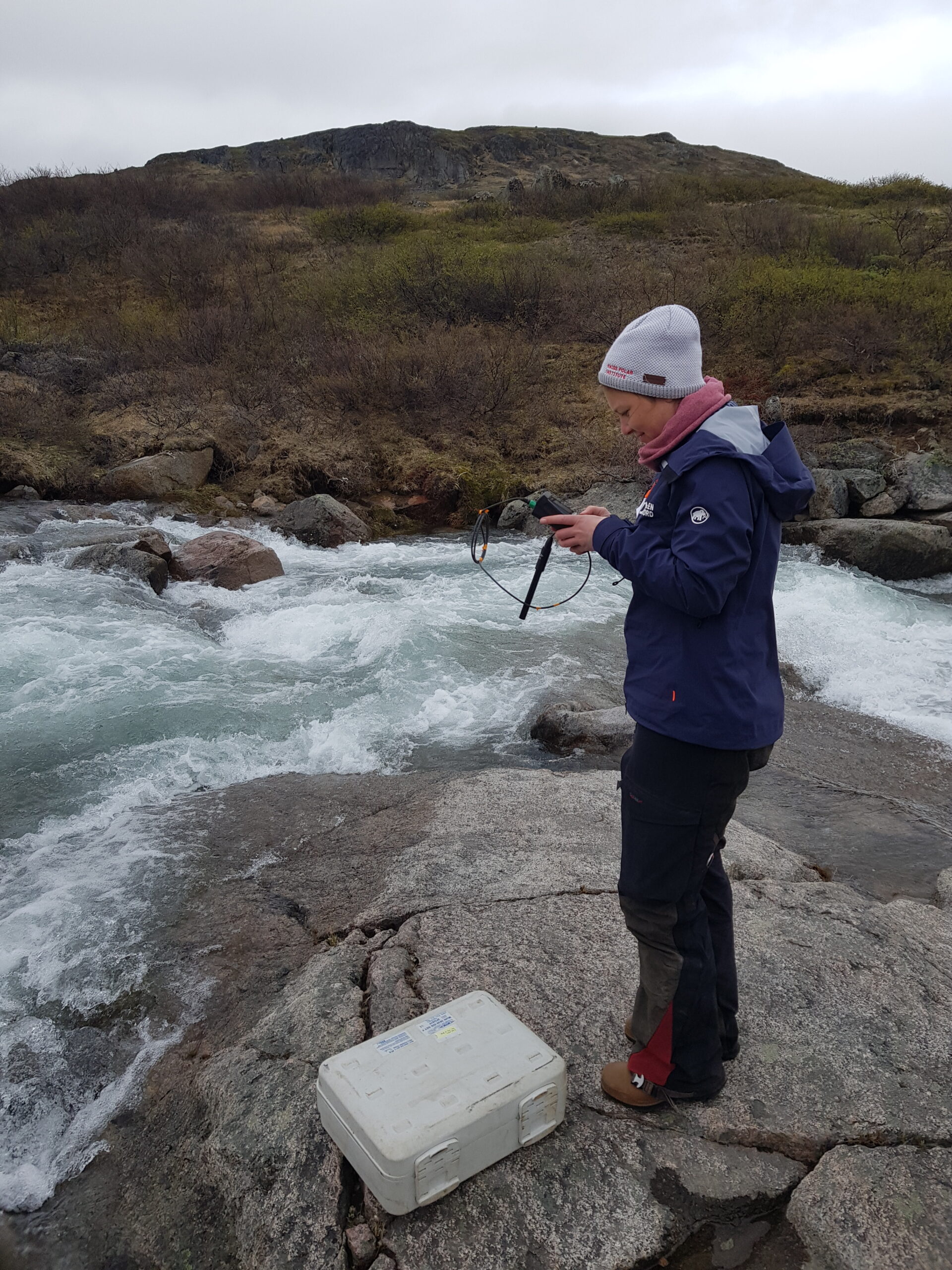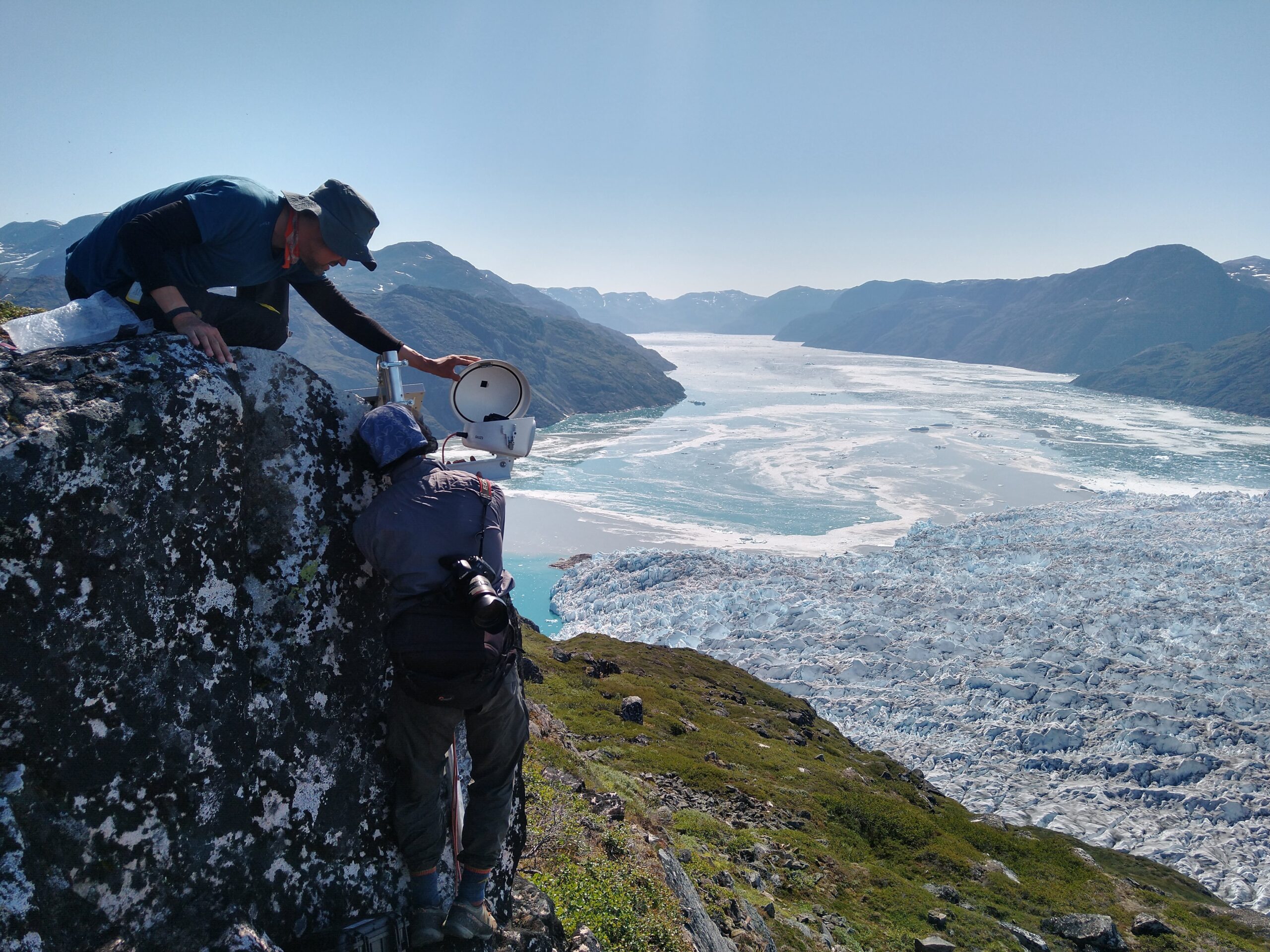Two students explore the fjords of Greenland aboard a research vessel
We are Cédric and Lucie, two Master’s students from the University of Lausanne, in Earth sciences and biogeoscience, respectively. From August 21 to 29, 2023, we took part in a sampling campaign aboard the ship Sanna, exploring two fjords in southwest Greenland. Our expedition was part of the international and interdisciplinary GreenFjord project , funded by the Swiss Polar Institute and including different clusters (atmosphere, cryosphere, biodiversity, soils, humans, ocean – our group).
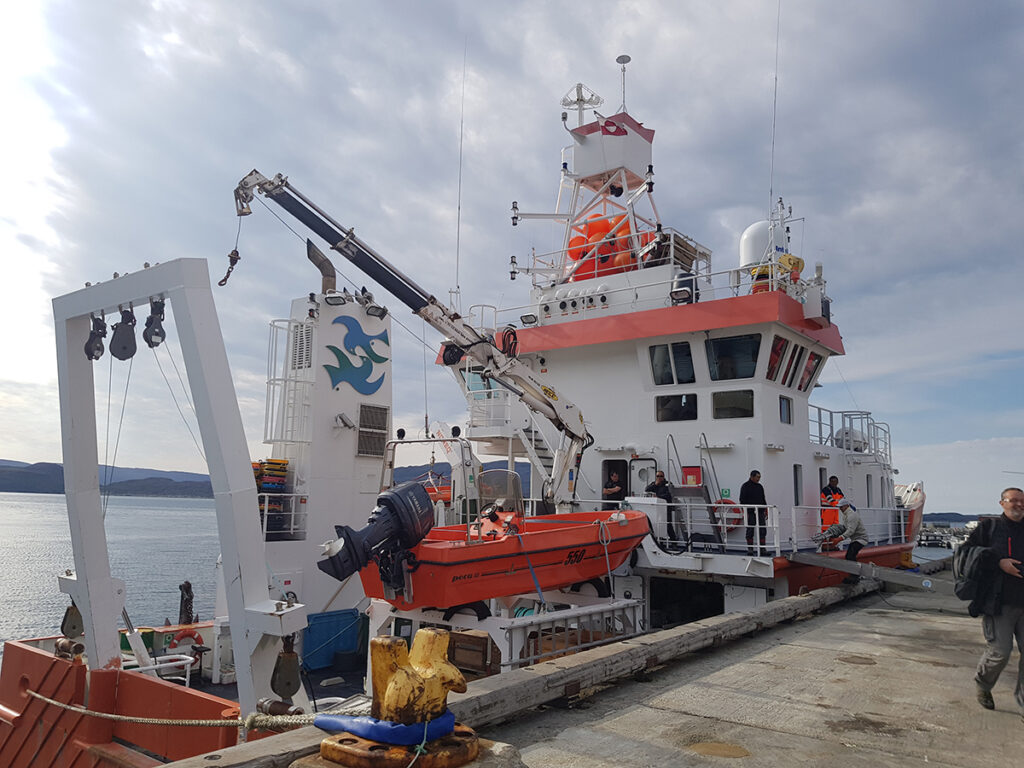
The ocean cluster brings together experts in chemistry, ecology, biology and geology, and the entire expedition aboard the ship Sanna took place from August 21 to September 6. We were able to participate for 10 days. We embarked at the port of Narsaq, then docked on August 29 at the port of Qaqortoq. At this time, we left our place to Mathilde, master’s student at ETH, and to Aurélie, journalist for the newspaper Le Temps .
Analyze the impact of global warming on the waters of Arctic fjords
The main objective of this campaign was to compare two fjords with contrasting characteristics: one fed by a glacier flowing into the sea and the other by a glacier located back inland. We wanted to study the impact of melting glaciers on the physical and biogeochemical functioning of the fjord, as well as on its biodiversity. The aim is to quantify the flow of nutrients and carbon between the different compartments of the fjord, namely the ocean, the cryosphere and the biosphere.
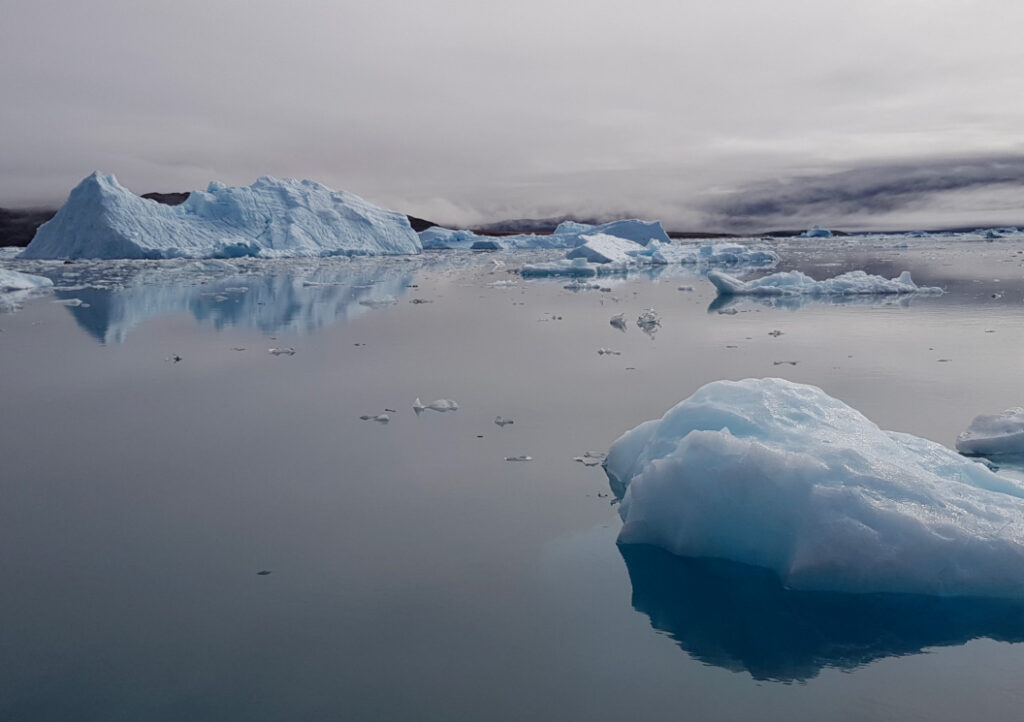
On board the ship, each member of the scientific team had specific objectives, but all converged towards a common goal: to analyze the impact of global warming on the waters of the Arctic fjords. Some collected samples of DNA, dissolved or particulate carbon, trace metals, nitrogen (nitrate), while our work focused on sediment particles. These samples will subsequently be analyzed in the laboratory, notably at UNIL.
Cédric’s research work consists of studying how glacier melt water influences the sediment fraction, depending on whether this water emanates from a tidal glacier (i.e. a glacier which will bring the melt water by the bottom, causing a mixing of the waters), or a glacier located back inland, which causes a stratification of the waters of the fjord. These sediments sequester carbon and store it in the sediments of the fjord. With his research, Cédric therefore aims to verify the hypothesis that glaciers ending in the sea release nutrients into the meltwater, promoting the vertical mixing of these nutrients, which stimulates the growth of phytoplankton and leads to summer blooms (proliferation of algae or phytoplankton).

Lucie, for her part, will study the origin of organic matter, as well as its composition. First of all, it will be necessary to identify its nature: if it was formed directly in the water column, or if it is of terrestrial origin. Next, it will be necessary to determine whether microorganisms in the water column manage to decompose this organic matter, thus emitting CO 2 , or whether the interaction between the organic matter and the surrounding sediments protects it from decomposition, thus allowing carbon to be stored in the underlying sediments over long periods of time.
Logbook – The first days
On August 19, our entire team gathered. Cédric had already spent several days there walking the length and breadth of the fjord around Narsasuarq. Mathilde was also already there to enjoy the beauties of the Arctic region. In the evening, we met at the Narsasuarq youth hostel for dinner. Some of us opted for pasta, while others preferred to enjoy freeze-dried meals. The next day we explored the area around Qassiarsuk. Some of us went hiking, while Mathilde began her journey, heading towards Narsaq. Cédric opted for a run, which eventually turned into a 42 km journey through the countryside.
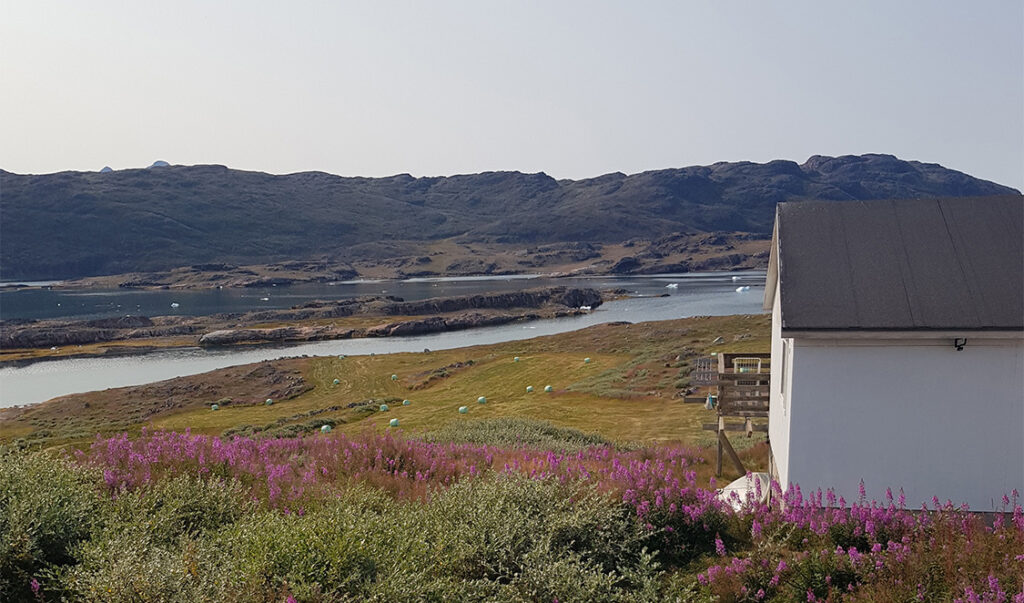
The next day we headed to Narsaq, where our taxi boat dropped us off directly on the Sanna ship, giving the impression of boarding pirates. After exploring the ship and meeting the crew, we began to organize the laboratory. On August 22, we built a homemade clean room and finalized preparations. Before our departure, we took the time to enjoy one last beer. Breakfast was scheduled for 6 a.m., and a busy day awaited us.
Logbook – Life on board
Mornings began with breakfast between 6 a.m. and 7 a.m., followed by the deployment of the CTD, which measures several parameters such as salinity, temperature, oxygen and chlorophyll α levels, and conductivity continuously. This data helped us determine appropriate depths for sampling.
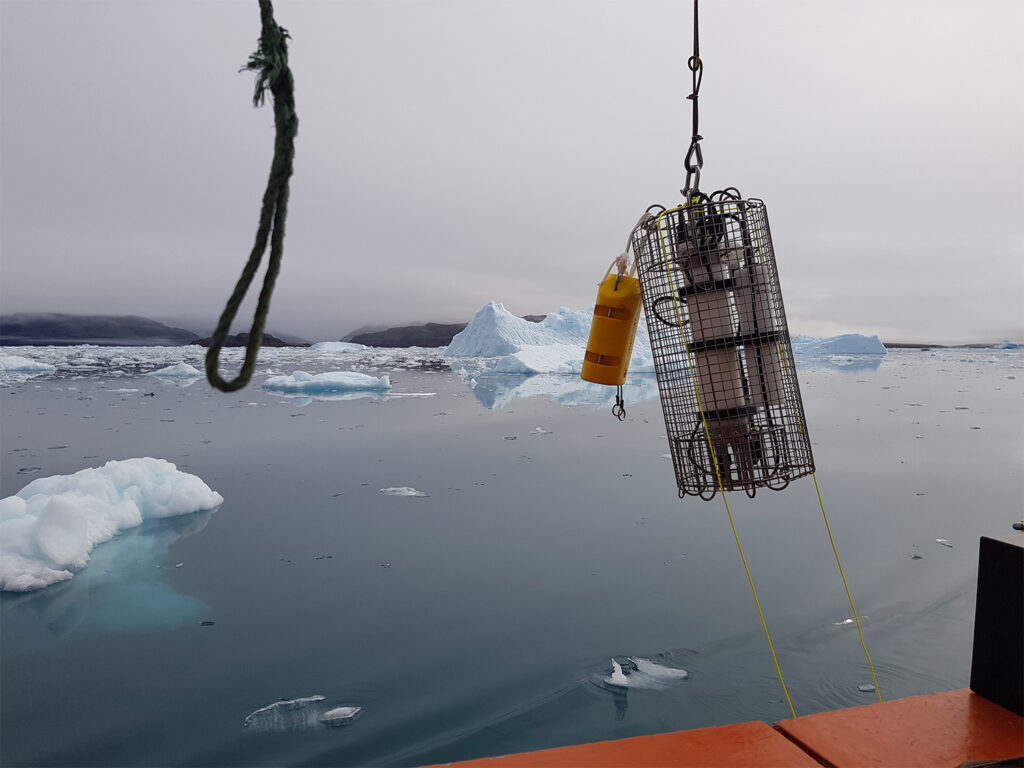
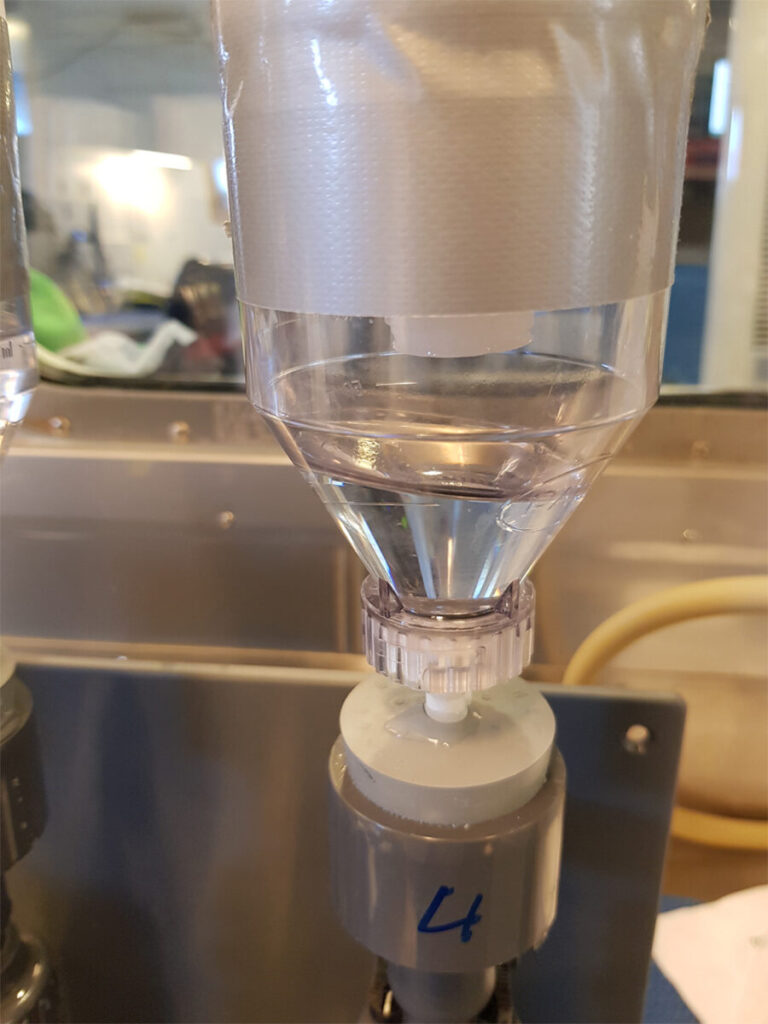
Then, each member of the team was called upon to collect water using Niskin bottles, devices closed by the fall of a weight along the cable, at a pre-determined depth. Typically we would sample at six or seven different depths. At the same time, Virginie, our ecologist, took samples of dissolved DNA. Once the Niskins were back on board, we met for dinner at noon sharp. On the ship, punctuality was essential. Afternoons began with a coffee break and relaxation before returning to the laboratory and taking samples in the clean room.
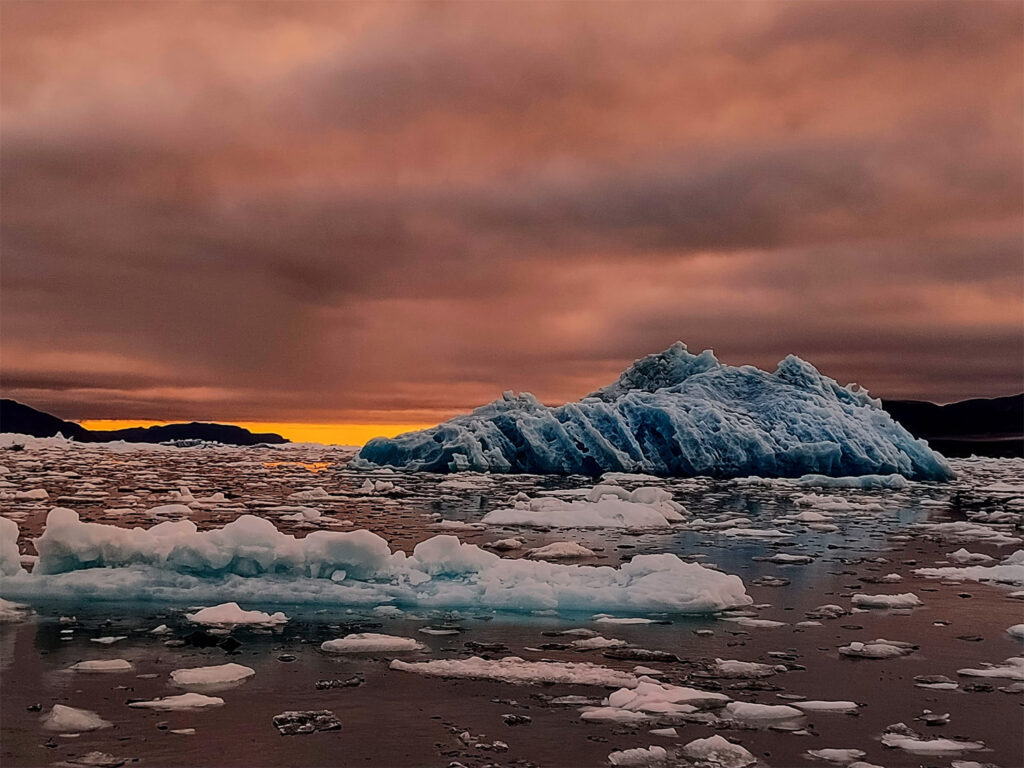
Part of the water was directly packaged into samples, while the rest of the available water was extracted from the clean room and then filtered by members of our research team, nicknamed the “Minions”, in order to collect the dissolved carbonaceous organic particles, nitrogen particles and biogenic silica. When we did a typical research station, the process would stop there, and we would move on to another station. However, we also created “mega stations” where two pumps were submerged at different depths to collect a large quantity of sediment, which will be used later in the laboratory. This maneuver was repeated twice. Dinner was served at 6 p.m., after which we resumed our sampling, sometimes until midnight. When Cédric returned to the cabin he shared with Aqqaluk, our Greenlandic geophysicist, the latter would wake up, then set to work to map the bottom of the fjords explored. When we finished early, Cédric would take some time to exercise, as we had some equipment to stay in shape.
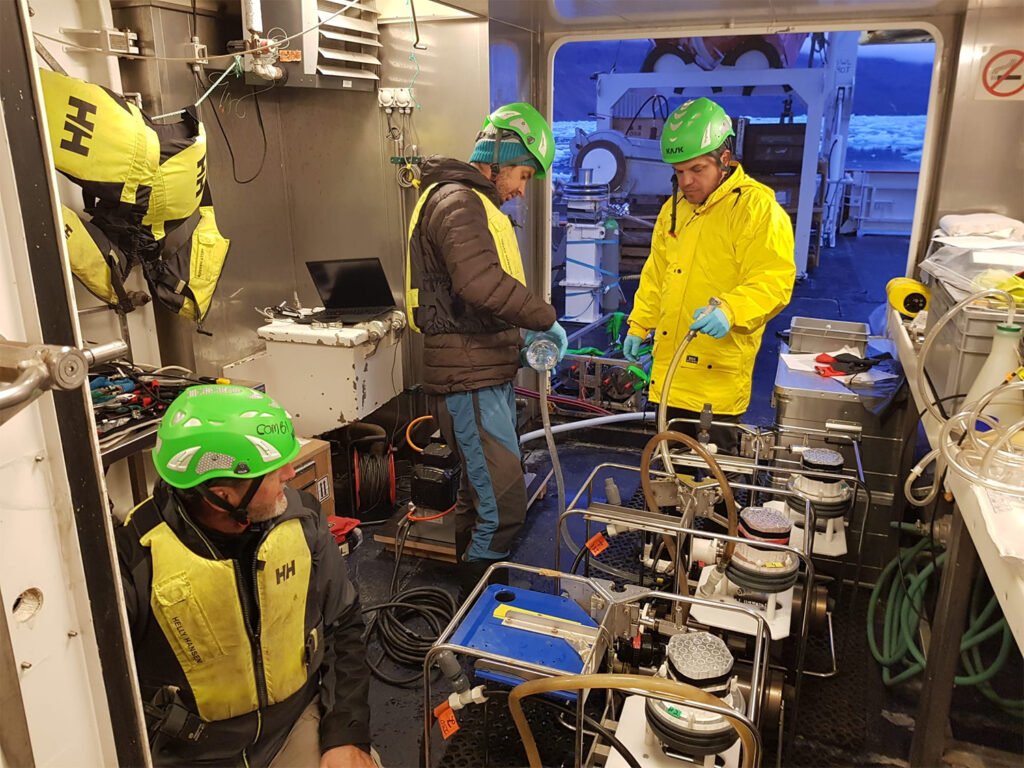
After two weeks spent in Greenland, we returned to UNIL. The next step is to define a coherent methodology to analyze the samples that arrive and then go to the laboratory to have precise data on the evolution of global warming in these polar lands.
This experience was particularly interesting, because we were able to discover the reality on the ground of the life of a scientist, and the work that this represents, as well as the knowledge that is necessary to carry out an oceanographic campaign. We learned to prioritize items and find solutions to problems that presented themselves to us. And also think about ways to have good quality samples. And of course enjoy an incredible experience!

